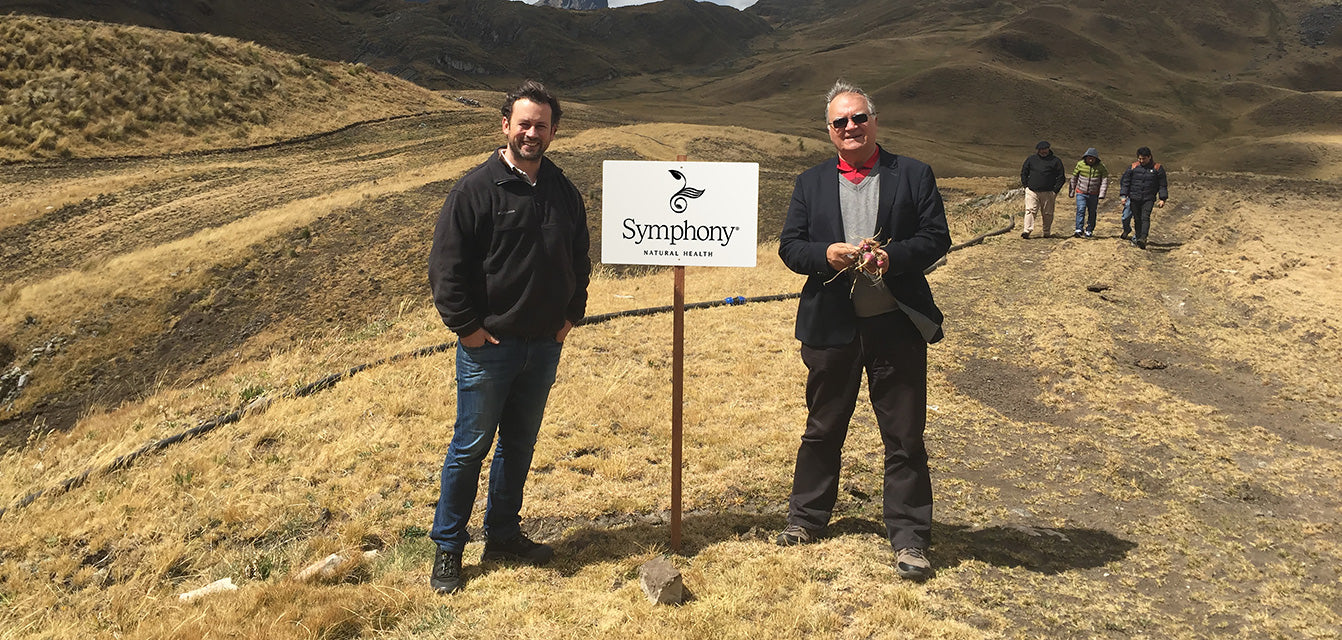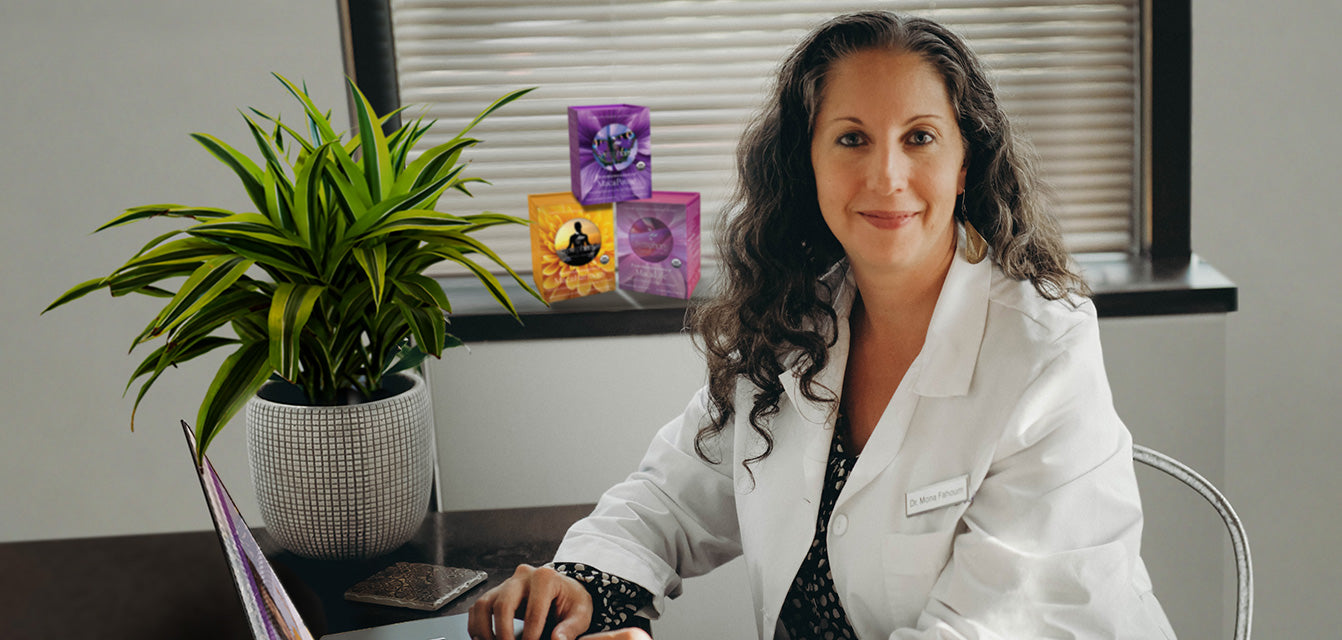
Stage 1 is during the first 25 years of life when you build the strongest, most dense bones and minimize any actions that may compromise bone building. There are three stages of bone health.
Stage 2 is from 26 years of age to menopause, when you take steps to avoid the breakdown of bone.
Stage 3 is during postmenopause, which is generally over 50 years of age, when you support both bone growth and limit bone loss.
Osteoporosis is a chronic, progressive lifestyle disease that affects millions of Americans, particularly women. It is estimated that anywhere between 20%-50% of postmenopausal women are affected by low bone density.1
When most people hear the word disease, they think of a virus or bacteria causing the condition. This is not the case with osteoporosis which is in fact a “lifestyle disease.” The major causes include old age, hereditary bone health, low body weight (<127 lbs), being a current smoker, and being on steroid therapy (e.g. Prednisone).2
The list of less significant but important risk factors is long and includes suboptimal nutrition, like consuming the Standard American Diet, low hormone production, excess alcohol, and lack of exercise. Osteoporosis is often preventable by taking simple steps to build and support bone density.
HORMONES
Women lose about 50% of their trabecular bone and 30% of their cortical bone over the course of their lives, about half of which is lost during the first 10 years of menopause. 3 During those years, most women are eating the same foods, exercising the same way, and consuming the same amount of calcium, vitamin D, and other vital nutrients. The only major change is that the body’s production of hormones dramatically declines, emphasizing the correlation between hormones and bone density, and that the significant loss of hormones experienced postmenopause directly relates to the initial loss of bone density.
For this reason, hormones are one of the most important, if not THE most important aspect of bone health, particularly growth hormone, estrogen, progesterone, and testosterone. Additionally, often forgotten in bone health protocols is thyroid hormone production, as hyperthyroidism or overproduction inhibits bone building and accelerates bone loss, increasing the risk for osteoporosis.4
- Growth Hormone – key hormone in building both bone and muscle
- Estrogen – Bone is a living tissue and it’s believed that on average, bone is completely replaced once every ten years. This continual process of the body replacing old bone with new bone is conducted by cells called osteoclasts that dissolve old bone, and osteoblast cells which build new bone. Estrogen is the hormone that controls the action of osteoclasts, thus slowing bone loss.
- Progesterone and Testosterone – In this bone rebuilding process, osteoblast cells are responsible for the building of new bone. Progesterone and testosterone both increase the action of osteoblasts, increasing the rate of new bone building.
- Thyroid Hormones – When the thyroid gland is overactive, it puts the body at risk for low bone mineral density. Those with low thyroid function given prescription medication for thyroid hormone can also be at risk for osteopenia and osteoporosis when the dose is too high. Too much circulating thyroid hormones, known as thyrotoxicosis, causes bones to age faster.
Hormone Therapies & Herbal Alternatives: Traditionally, doctors have used Hormone Replacement Therapy (HRT,) which has clearly demonstrated bone density improvements.5 However, concern about the slightly increased risk of breast cancer and stroke and the controversy that remains about the use of HRT has resulted in many women choosing not to take hormones. In order to receive long-term benefits of slowing bone loss and reducing the risk of fractures, hormone therapy of any kind would need to be taken under the current guidelines of using the “appropriate dose, duration, regimen, and route of administration” as determined by the healthcare provider.5 Once HRT is stopped, the woman will lose bone again, as if she is newly menopausal. This has led many integrative practitioners to consider other alternatives.
However, to date, there has been no clinical evidence that products containing black cohosh, red clover, or soy have any effect on hormones in post-menopausal women, although soy research does show a small benefit to bone density. More recently, published clinical research on a concentrated herbal preparation called Maca-GO has been the first to demonstrate statistically significant effects on hormones in postmenopausal women and improve bone density.6,7 Instead of introducing hormones into the body, Maca-GO supports the body’s own production of hormones through the hypothalamic-pituitary-adrenal axis allowing women to use this long-term.
DIET & NUTRITION
The average American adult falls short in consuming the key vitamins and minerals the body requires to properly function. The Standard American Diet is full of processed foods, sugar, and additives and depleted of quality fats, protein, and carbohydrates, leaving the body struggling to properly regenerate bones and regulate hormones. Women require each of the following vitamins and minerals for bone health. These are the building blocks for bone, while hormones support the building process. Both are required.
(The amounts listed below per day are averages. Individual needs may vary.)
| Vitamin/Mineral | Amount per day | Source |
|
Calcium
|
500-1200mg
|
Organic green leafy vegetables, sardines, molasses, dairy, supplementation
|
|
Magnesium
|
500mg
|
Organic green leafy vegetables, wheat bran, brewer’s yeast, supplementation
|
|
Zinc
|
15mg
|
Oysters, grass-fed red meat, organic chicken, fish, wheat germ, supplementation
|
|
Copper
|
2mg
|
Liver, oysters, nuts, chocolate, seeds, shellfish, supplementation
|
|
Manganese
|
2mg
|
Pineapple, raspberries, beans, tomatoes, green leafy vegetables, supplementation
|
|
Vitamin D
|
1000-2000IU
|
15-20 minutes of sun, wild fish – sardines, mackerel, and salmon, supplementation
|
|
Vitamin K
|
90-120mcg
|
Chlorophyll, broccoli, cabbage, kelp, olive oil, supplementation
|
|
Vitamin B12
|
400-800mcg
|
Grass-fed red meat, shellfish, liver, cheese, spirulina, kelp, supplementation |
LIFESTYLE & ENVIRONMENT
Osteoporosis is a lifestyle disease and the environment we put ourselves in can have a significant impact on our health, positive or negative. These modifiable factors can be improved over time by working on them individually or in conjunction with one another.
- Smoking cessation
- Manage stress
- Engage in meditation for 10 mins or more each day
- Get quality sleep – 7-9 hours per night
- Consume adequate protein
- Increase intake of green leafy vegetables
- Walk in the sun 15 to 20 minutes a day
- Mineralize water with Original Himalayan Crystal Salt Sole therapy
- Keep alcohol consumption to no more than one drink per day
- Avoid carbonated beverages including soda
- Reduce coffee and tea intake
- Reduce or avoid the consumption of processed foods, refined flour, and refined sugar
- Minimize corticosteroid and other pharmaceutical use
EXERCISE & MOVEMENT
Everyone has heard the saying “move it or lose it.” Our society is more sedentary and thus our muscles, bones, and joints have suffered the consequences. Engaging in regular exercise is necessary for all aspects of health, including bone health.
- Maintain healthy body weight, BMI, and body fat percentage.
- Walk or exercise for 30 minutes each day
- Include weight-bearing exercise 3 days per week
- Work with a personal trainer for a customized fitness protocol
- Get regular massages
These statements have not been evaluated by the Food and Drug Administration. This product is not intended to diagnose, treat, cure or prevent any disease.
Save 25% plus Get FREE Shipping
on Every Day Bone Health Support!
Support your bone health in post menopause. Foster bone building and strengthening hormones with clinically proven Femmenessence MacaPause, detoxify with pH Quintessence, start your day with mineral-rich sole, and provide your body with vitamins and minerals essential for maintaining bone health with Vitanica's OsteoBlend®. SAVE 25%!
Our own published clinical trials confirm that MacaPause reduces post menopausal symptoms in 8 out of 10 women, supporting normal hormone balance which plays a vital role in maintaining bone health.* In this bundle MacaPause is paired with OsteoBlend® which supports bone health and integrity, mineral rich Sole, and greens support pH Quintessence, making supporting and maintaining bone health everyday easier than ever.
Click here to see more of the Bone Health Bundle
Save 25% plus Get FREE Shipping
on Every Day Bone Health Support!
Support your bone health in post menopause. Foster bone building and strengthening hormones with clinically proven Femmenessence MacaPause, detoxify with pH Quintessence, start your day with mineral-rich sole, and provide your body with vitamins and minerals essential for maintaining bone health with Vitanica's OsteoBlend®. SAVE 25%!
Our own published clinical trials confirm that MacaPause reduces post menopausal symptoms in 8 out of 10 women, supporting normal hormone balance which plays a vital role in maintaining bone health.* In this bundle MacaPause is paired with OsteoBlend® which supports bone health and integrity, mineral rich Sole, and greens support pH Quintessence, making supporting and maintaining bone health everyday easier than ever.
Click here to see more of the Bone Health Bundle
Save 25% plus Get FREE Shipping
on Every Day Bone Health Support!
Support your bone health in post menopause. Foster bone building and strengthening hormones with clinically proven Femmenessence MacaPause, detoxify with pH Quintessence, start your day with mineral-rich sole, and provide your body with vitamins and minerals essential for maintaining bone health with Vitanica's OsteoBlend®. SAVE 25%!
Our own published clinical trials confirm that MacaPause reduces post menopausal symptoms in 8 out of 10 women, supporting normal hormone balance which plays a vital role in maintaining bone health.* In this bundle MacaPause is paired with OsteoBlend® which supports bone health and integrity, mineral rich Sole, and greens support pH Quintessence, making supporting and maintaining bone health everyday easier than ever.
Click here to see more of the Bone Health Bundle
References
- Looker A, Orewoll E, Johnston C, et al. Prevalence of low femoral bone density in older U.S. adults from NHANES III. J Bone Miner Res. 1997;12:1761-1768.
- Silverman S. Selecting patients for osteoporosis therapy. Curr Osteoporosis Rep. 2006;4:91-95.
- Finkelstein JS, Brockwell SE, Mehta V, et al. Bone Mineral Density Changes during the Menopause Transition in a Multiethnic Cohort of Women. J Clin Endocrinol Metab. 2008;93(3):861-868. Accessed from https://www.ncbi.nlm.nih.gov/pmc/articles/PMC2266953/
- Vestergaard P, Mosekilde L. Fractures in patients with hyperthyroidism and hypothyroidism: a nationwide follow-up study in 16,249 patients. Thyroid. 2002;12(5):411-9.
- The North American Menopause Society. The 2017 hormone therapy position statement of The North American Menopause Society. Menopause. 2017;24(7):728-753. Accessed from https://www.menopause.org/docs/default-source/2017/nams-2017-hormone-therapy-position-statement.pdf
- Meissner HO, et al. Hormone-balancing Effect of Maca-GO (Lepidium peruvianum Chacon): (I) Biochemical and Pharmacodynamic Study on Maca-GO using Clinical Laboratory Model on Ovariectomized Rats. Int J Biomed Sci. 2006;2(3):260-272.
- Meissner HO. Short and Long-Term Physiological Responses of Male and Female Rats to Two Dietary levels of Maca-GO (Lepidium peruvianum Chacon). Int J Biomed Sci. 2006;2(1):15-29.



